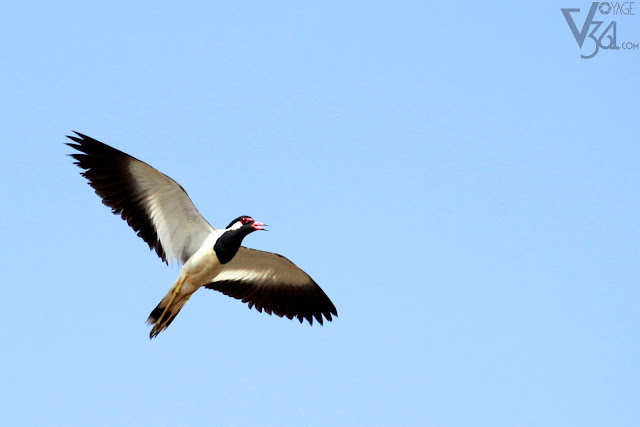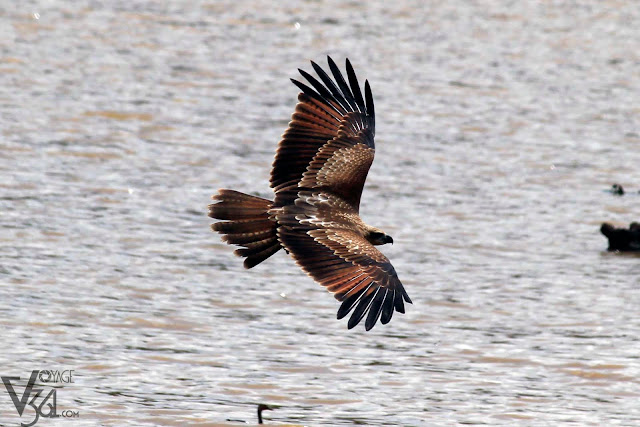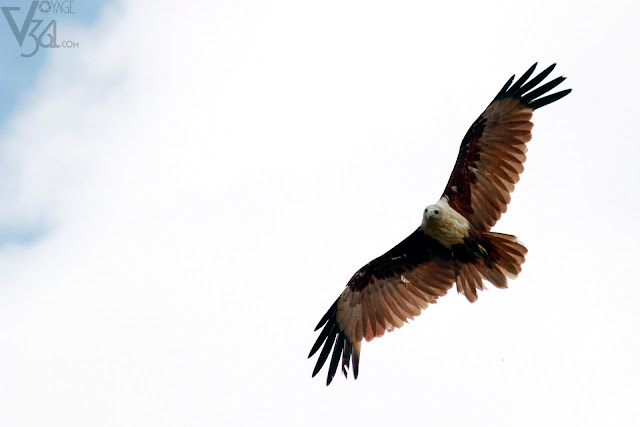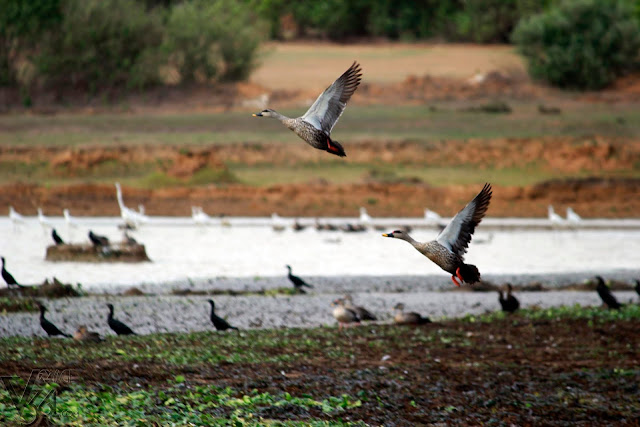We were on our way to Gudavi Bird Sanctuary, to our surprise, the lakes in those villages of Shivamogga district were flocked with thousands of migratory birds. There was at least a dozen of those beautiful lakes, which had water even at the end of summer in May.
Out of all these lakes, the one near HaleSoraba on the Soraba-Banavasi road had highest number of migratory birds. They were over thousand in numbers, about half of them were Cormorants, others in big numbers were Egrets, Spoonbill, Black-headed ibis, and eastern spot-billed duck. Among others were Red-wattled Lapwing and Pond herons.
 |
| Bird colony of Egret, Spoonbill, Black-headed ibis, eastern spot-billed duck, and Cormorant |
 |
| Red-wattled Lapwing in flight |
 |
| Cormorants with egrets in background |
 |
| Egret |
Large colony of blue birds were at a distance, they looked like great blue herons but not sure. Before I could go any near to it, they flew away, couldn't get any picture of them, not even from a distance, they looked so shy and scared from humans.
In one of the other lakes, we found Brahminy Kite (ಗರುಡ ಪಕ್ಷಿ) both adult and Juvenile and pied kingfisher.
 |
| Juvenile Brahminy Kite in flight |
 |
| Juvenile Brahminy Kite or Garuda in flight |
 |
| Brahminy Kite in flight |
We drove later to Gudavi bird sanctuary, only to find out that it was completely out of season for birds here. In a regular thought, migratory birds are higher in numbers during spring and summer, which is in the case of Ranganathittu Bird Sanctuary. But in the case of Gudavi BS the lake dries up during hotter days and attracts no birds. With a little disappointed we had our lunch at the park in the sanctuary and drove back towards NH4.
How to differentiate Eastern spot-billed duck??
Eastern spot-billed ducks are similar in size of a mallard. These are mainly grey ducks with a paler head and neck and a black bill tipped bright yellow. The legs and feet are bright orange.
It measures 55-63 cm in length and 83-95 cm across the wings, with a body mass of 790-1,500 g.
Eastern spot-billed duck vs Indian spot-billed duck:
The eastern spot-billed duck lacks the red bill spot and has a blue speculum when compared to Indian.
 |
| Eastern spot-billed duck taking the flight |








Comments
Post a Comment